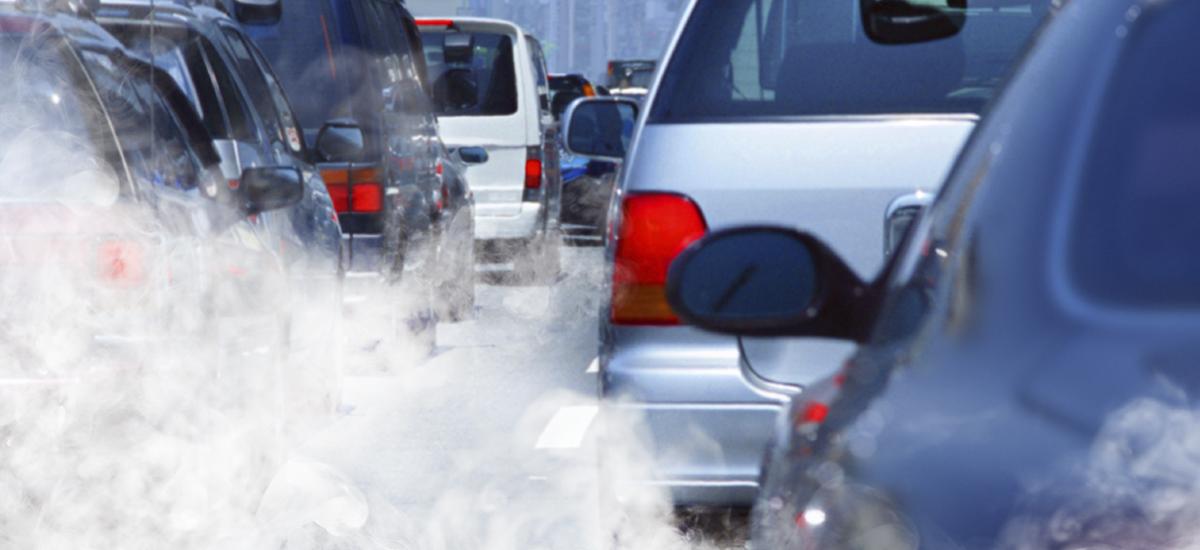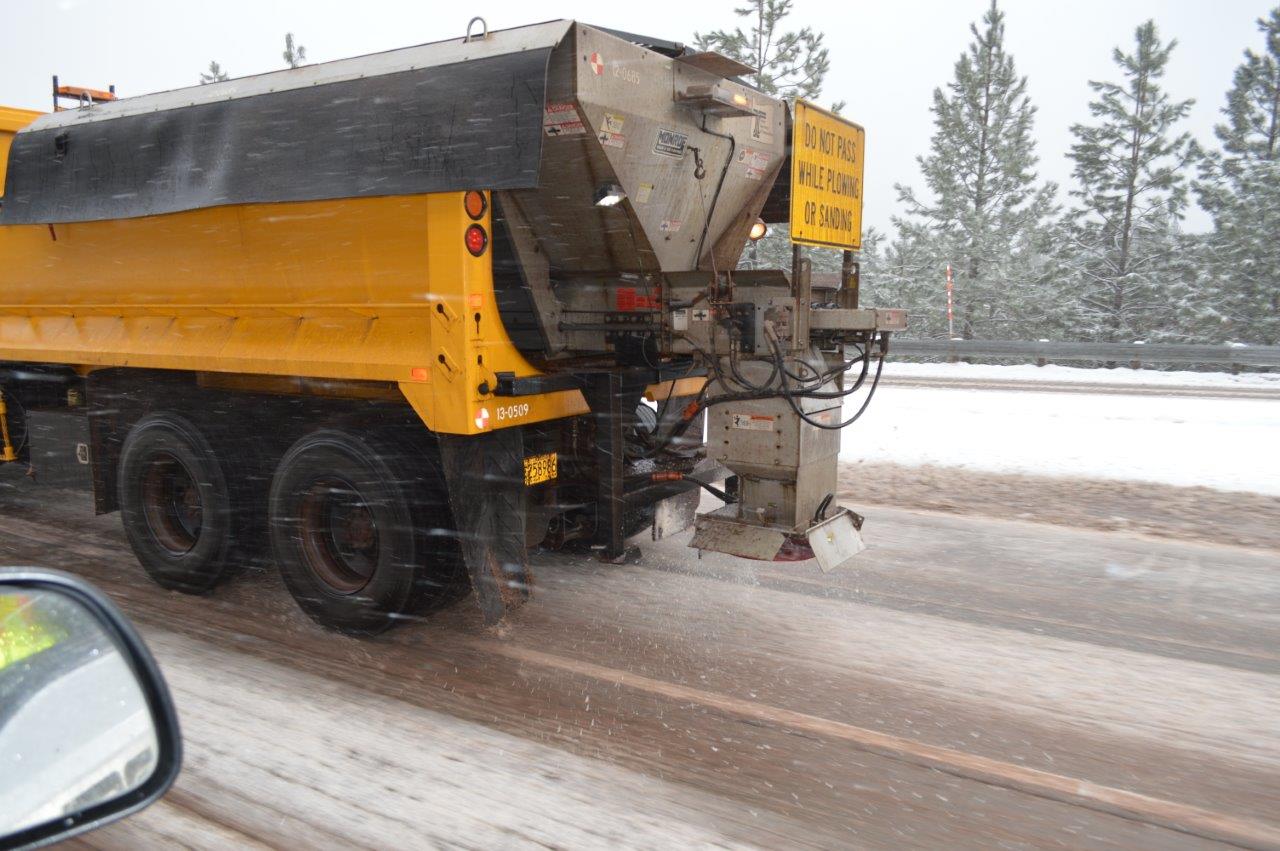Transportation is the single largest source of greenhouse gases in the United States. And within the transportation sector, the overwhelming majority of planet-warming emissions come from light duty vehicles like cars, trucks, and sport utility vehicles. The reason is simple: Americans drive a lot.
Achieving net-zero greenhouse gas emissions economywide by midcentury is essential to avoiding the worst effects of climate change. To that end, the U.S. Department of Transportation recently completed a rule that will require state transportation departments to measure and set targets for reducing driving-related greenhouse gas emissions.
The premise of the rule is simple: it’s nearly impossible to reduce something you don’t measure. Moreover, by measuring the greenhouse gas emissions from vehicles traveling on the National Highway System, states will be able to assess how different transportation projects and policies would affect climate emissions. Reporting this data to US DOT will allow for some much-needed public accountability.
The emissions rule has generated significant pushback from a handful of states, including South Carolina, Nebraska, Louisiana and Florida. The Sunshine State stands out for its particularly strident opposition to the rule and decision to return federal funds dedicated to reducing climate emissions from the surface transportation sector.
Florida officials have tried to paint the common-sense requirement to track emissions as burdensome federal overreach. A review of Florida’s transportation system helps to illuminate why state officials are so prickly about tracking emissions. According to data from the state's Department of Transportation, Florida has 35,308 lane-miles of interstates and other arterial highways. Each year, residents and visitors use these highways to drive a staggering 227 billion miles, releasing a huge quantity of planet-warming gasses into the atmosphere.
Far from being heavy-handed, the rule gives Florida total freedom to devise a strategy for reducing emissions. The state is free to choose which projects and policies will work to achieve that goal given its unique circumstances. This could include a mix of improved public transportation, more biking and walking, and aggressive deployment of electric vehicle charging infrastructure.
Too many Floridians are locked into the expense and danger of driving for every trip because there simply aren’t enough safe, convenient alternatives. It doesn’t have to be this way, but state legislators are zeroed in on expanding highways. For instance, in May the legislature approved $4 for the Moving Florida Forward program, which would complete 20 highway expansion projects around the state. Not a single dollar from the program supports alternatives to driving; rather, these expansion projects will guarantee more automobile dependence, more miles driven, and more climate emissions for decades to come.
The new federal greenhouse gas rule will force the Florida DOT to tell the truth about how its investment choices directly increase planet-warming emissions. Under the rule, “There are no specific penalties for failing to achieve greenhouse gas targets.” This isn’t about penalizing Florida or any other state. It’s about pulling back the curtain and letting much-needed light illuminate the effects of each state’s transportation choices. The real problem for FDOT officials appears to be accountability, not federal overreach.
Florida’s refusal to address climate change doesn’t stop with opposing rational regulations. Just last month, FDOT informed US DOT that it would not participate in the Carbon Reduction Program, effectively handing back $320 million in formula funding entitled to Florida under the $1.2-trillion Bipartisan Infrastructure Law. Florida DOT Secretary Jared Perdue justified this move by saying Florida had decided to focus its resources on building roads and bridges instead of supporting “the continued politicization of our roadways.”
While the FDOT wastes time grandstanding on climate change by rejecting massive federal funds, South Florida is busy looking for ways to fund its excellent Strategic Miami Area Rapid Transit (SMART) program. The five SMART transit corridors are designed to connect communities throughout Miami-Dade with a “rapid transit network that is accessible, integrated, efficient and sustainable.” With a price tag over $3.6 billion, the SMART program is a big lift — and the money that Florida just sent back to Washington could have helped advance these critical improvements.
The stakes couldn’t be higher for Southeast Florida. The federal Environmental Protection Agency has described it as one of the most climate-vulnerable regions in the country. In September 2022, Hurricane Ian cost Florida caused more than $109 billion in destruction, with over 52,000 structures damaged in the Fort Myers area. It’s clear: tackling climate change is smart economics.
Hurricanes like Ian — made stronger by a warming planet — have a knock-on effect that’s hitting family budgets hard. Several major insurance companies have stopped issuing new home insurance policies. The companies that remain in the market have raised premiums by as much as 40 percent in just one year. And this is before we even start totaling up the looming costs associated with protecting local homes and businesses from the rising sea level.
Ignoring climate change won’t make it go away. Rather than fighting with officials in Washington, FDOT and other states opposing the rule should embrace the benefits of measuring vehicle emissions to help guide its investment decisions. Reducing emissions over time is perfectly compatible with building and maintaining a world-class transportation system — but only if you aren’t afraid of a little data transparency and accountability.






